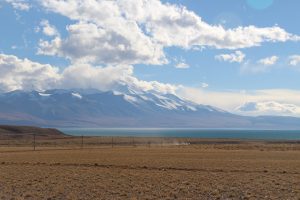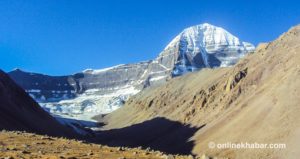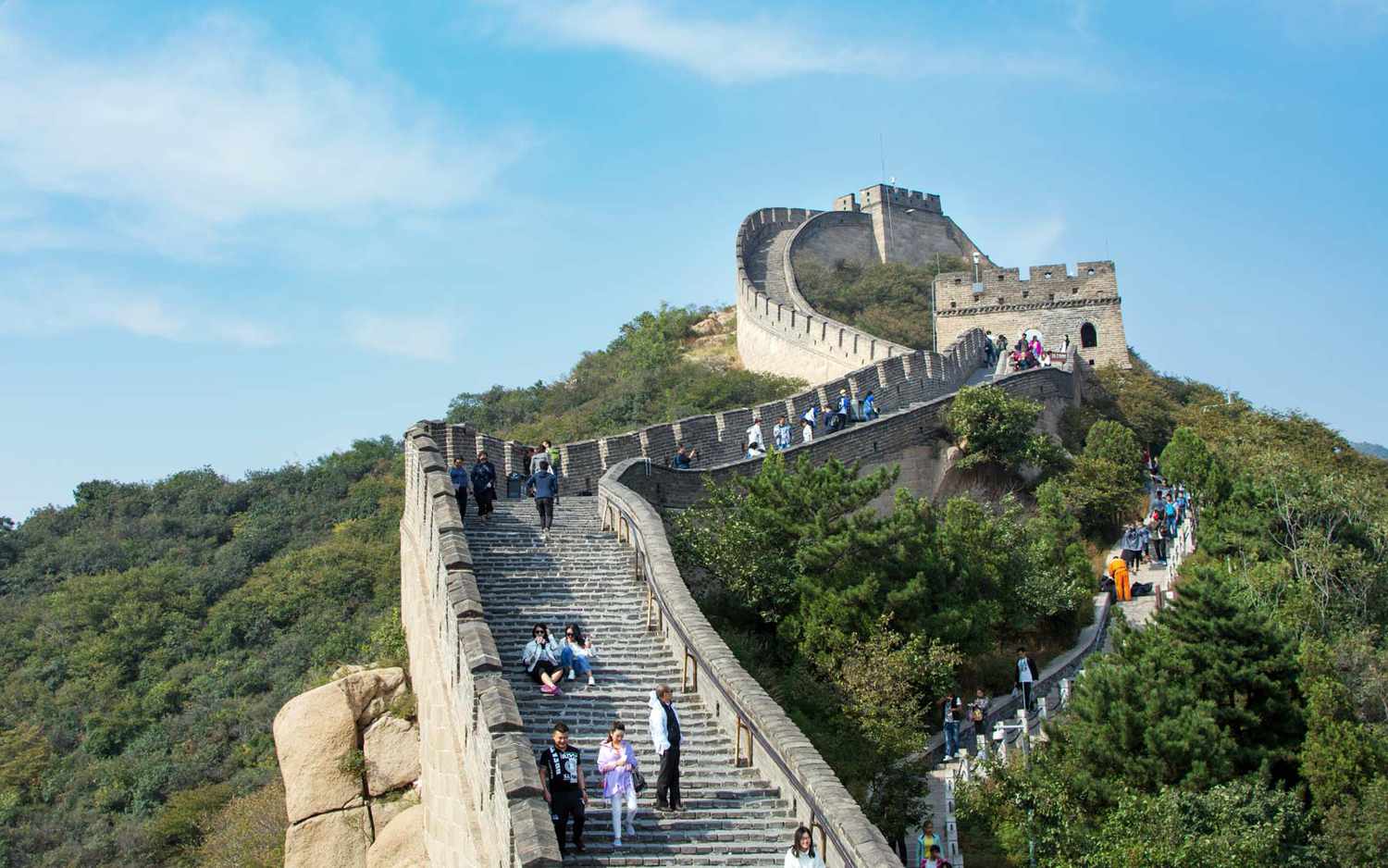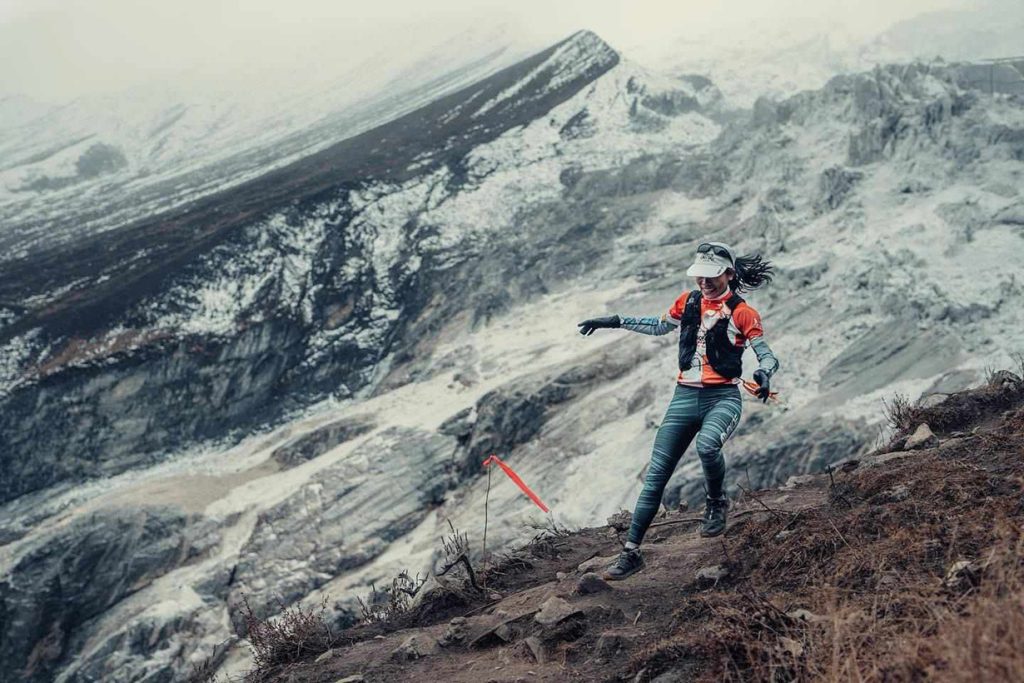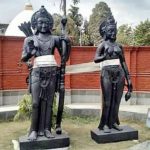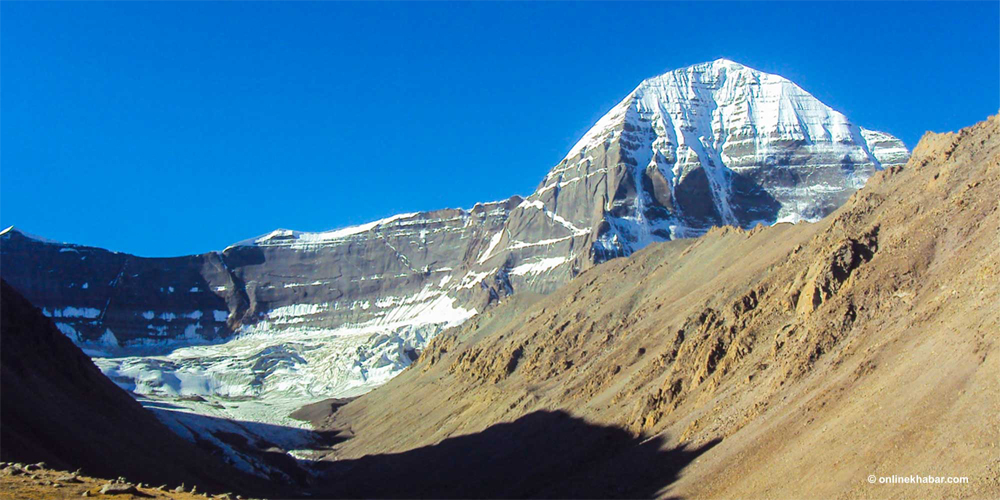
Mt Kailash is, perhaps, the most sacred of all religious sites for Hindus, as well as Buddhists. The mountain, located in present day Tibet, is believed to the abode of Lord Shiva ‘Mahadev’ (the lord of all lords).
The remote location of the mountain as well as stringent border controls on the part of the Chinese authorities makes travelling to the holy mountain an arduous task, but once you get there, it’s all worth it.
Still in two minds about the trip? Here we look at six reasons why a pilgrimage to Kailash and Mansarovar should be number #1 on your bucket list:
1.
The landscape

The journey to Kailash begins from Simikot in western Nepal. You can reach Simikot by flight from Nepalganj, western Nepal’s main tourism hub. You need to walk for three days to reach the Chinese border town of Hilsa, from where you can take a jeep for a bus.
The three-day walk takes you past some of the remotest parts of Nepal, where settlements are nowhere to be seen. It also takes you past some beautiful landscapes you will remember for a lifetime.
2.
The rivers
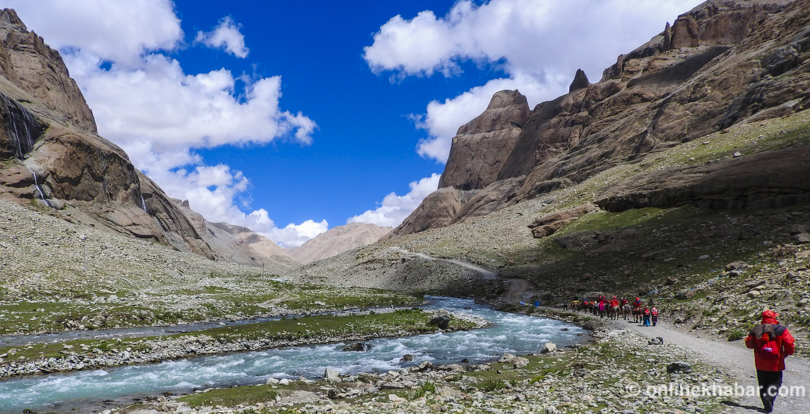
Even at high altitudes, you get to see fast-flowing rivers that irrigate the area. The water has a distinct ‘Himalayan’ taste and you would want to drink a lot of water during the difficult trek.
3.
The lake
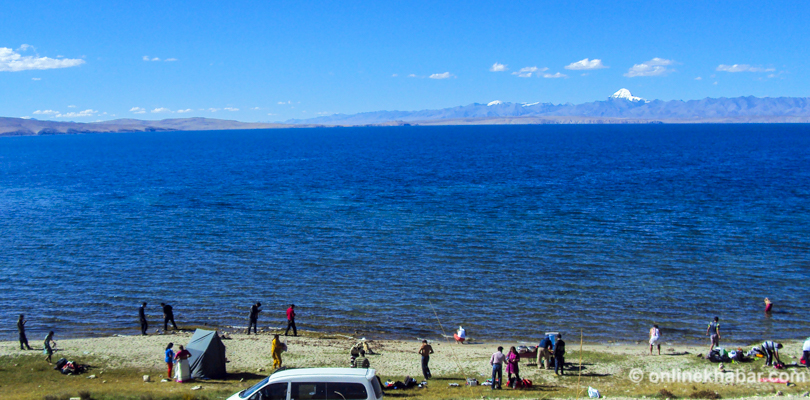
The trip to Kailash is much about the lake Mansarovar as Mahadev’s abode, Kailash. The Mansarovar (lake) is considered the source of most sacred rivers in South Asia: the Indus, the Sutlej, the Brahmaputra, and the Karnali. This makes the lake sacred for billions of people around the world who follow Bon, Buddhism, Hinduism and Jainism.
4.
The other lake

Adjacent to the Mansarovar is another lake, the Rakshastal, another beautiful lake. According mythology, Mansorvar and the other lake was created by the Hindu god Brahma after getting its vision in his mind.
5.
Place of worship
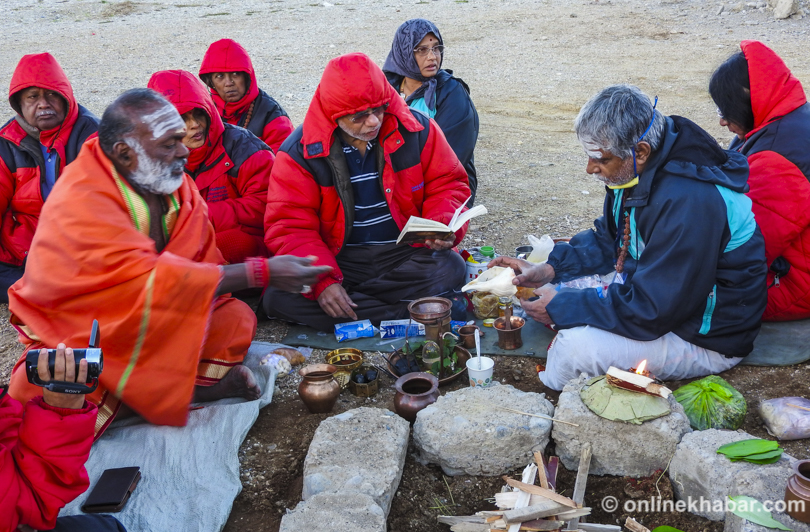
Many Hindus, especially from India, travel to the Mansarovar to organise special ceremonies close to the home of Lord Shiva. It is believed that prayers made near the Kailash mountain reaches the ears of the lord himself.
6.
Witness China’s rapid development

After a two-day trek to the Chinese border, you get to see the stark differences between the areas in Nepal and north of the border. While the Chinese side has wide roads where big buses ply, walking is the only mode of transport on the Nepali side.
Text by: Onlinekhabar. Neupane is a hotelier.




